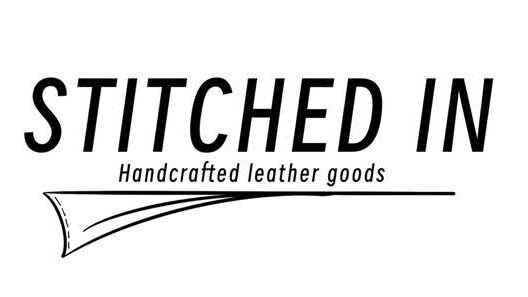
Hand Crafted Leather Goods
At Stitched In, we specialise in handcrafted leather goods, meticulously stitched in Australia, combining quality craftsmanship with timeless design for everyday elegance.
Understanding Leather Tanning
Leather is a timeless material cherished for its durability and versatility. Among the various tanning methods, vegetable tanning and chrome tanning stand out for their distinct processes and environmental impacts. Understanding these differences is crucial, especially if sustainability is a priority for you.
Vegetable Tanned Leather: The Natural Choice
Vegetable tanned leather is made using natural tannins extracted from plant sources. This method has been practiced for centuries, resulting in a more sustainable product. While the vegetable tanning process may take several weeks, it yields leather that ages beautifully and develops a unique patina over time. Additionally, this method is biodegradable and often free from harmful chemicals, making it a safer choice for the environment.
The Fast Track: Chrome Tanned Leather
In contrast, chrome tanned leather is produced using chromium and other chemicals. The tanning process is expedited, taking only a few days. However, this speed comes with environmental concerns. The chemicals used can be harmful, and improperly managed waste can pollute local waterways. Despite this, chrome-tanned leather is admired for its softness and resistance to water, appealing to those who prioritize practicality.
When comparing vegetable tanned leather and chrome tanned leather, consider your values. If sustainability and natural processes are paramount to you, vegetable tanned leather is the clear winner. Conversely, if you need more durable and weather-resistant leather, chrome tanned options may suit you better. Ultimately, making an informed choice can lead to a more sustainable fashion future.

Quality leather items expertly crafted and stitched in Australia for durability and style.

Custom designs available to meet your unique preferences and enhance your personal style.

Sustainable materials used to create elegant leather products that last for years to come.

Leather Quality
What is Full Grain Leather?
Full grain leather is the highest quality leather available. It retains the natural grain and imperfections of the hide, which adds to its unique character and durability. This type of leather has not been sanded or buffed, allowing it to breathe and develop a beautiful patina over time.
Exploring Other Types of Leather
Top grain leather is similar to full grain but is sanded to remove imperfections. While it is still durable, it does not provide the same breathability or natural look as full grain. Genuine leather, which is often a lower-quality leather, is made from the layers below the top grain. It lacks the luxurious feel and durability associated with the top tiers of leather. Lastly, bonded leather is made from leftover scraps and fibers, combined with a glue-like substance, resulting in a much cheaper and less durable product.
Why Full Grain Leather is Superior
Full grain leather stands out due to its unmatched durability and aesthetic appeal. Its natural surface allows it to age better, developing a rich character that synthetic alternatives simply can’t replicate. Everything from high-end furniture to luxury handbags often features full grain leather because it lasts longer and retains its beauty over time. In contrast, the lifespan of bonded leather and genuine leather typically falls short, making full grain the clear choice for anyone seeking quality and longevity.
Customer Feedback
”Stitched In offers beautiful leather goods. The hand stitching truly makes each piece unique.”
Handcrafted Leather Goods
Explore our exquisite range of handcrafted leather items, meticulously stitched in Australia for quality and style. Shop now!
